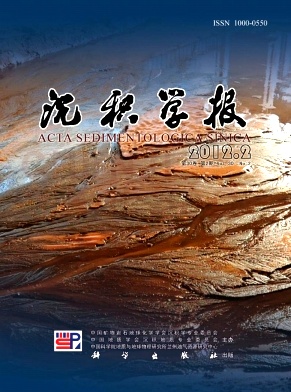The Eh in Surface Sediments in the Northern of Liaodong Bay and Its Main Influencing Factors
- Publish Date: 2012-04-10
-
Key words:
- northern of Liaodong Bay
Abstract: The redox potential (Eh) of the surface sediments in the northern waters of Liaodong Bay was directly measured in the autumn of 2007, and the distribution and its main factors including sediments characteristics, the overlying seawater, and river input was studied deeply. The results indicate that: the Eh of the surface sediments ranges between -24.8 mv and -366.7 mv, which means the environment has changed from weak reductive system controlled by O2/H2O, organic matter, MnO2/Mn2+ and Fe(OH)3/Fe2+ in the 1990s to reductive system now mainly controlled by SO24/HS, S/HS and furthermore, there are significant variations in the spatial distribution of Eh, i.e. the value of Eh in the Liaodong Bay tends to become lower from the northeast to the southwest. Although the organic matter is an essential factor of redox reactions, its impact on the distribution of Eh in this region is not obvious due to the higher sedimentation rate and the strong reductive environment. On the contrary, sulfide and temperature have direct impact on the value of Eh, i.e. the higher sulfide and temperature correspond to the lower Eh. Dissolved oxygen of the overlying water is another important factor, and the impact is more obvious especially in the surveyed area with relatively higher dissolved oxygen, where Eh tends to be lower with the decreasing of dissolved oxygen. In addition, the river input is also an important factor affecting the Eh, and the scope is mainly in the Fanshaped region where fresh water can reach with the center of the Shuang Taizi river mouth. In the past two decades, the concentration of organic matter and sulfide keeps increasing due to the intensified human activity, such as landbased pollution and marine aquaculture, which results in the decreasing of Eh and significant change of the environment. In addition, the distribution and change of Eh in the surface sediments of this area should be the results of the combined effects of the longterm emissions of organic matter and sulfur, the temperature, dissolved oxygen in the overlying water and the mixing of the river input and the tide. To a certain extent, it reflects the pollution of this area. So it is necessary to take appropriate measures to strengthen environment protection in order to keep the sustainable development of the regional economy.
| Citation: | The Eh in Surface Sediments in the Northern of Liaodong Bay and Its Main Influencing Factors[J]. Acta Sedimentologica Sinica, 2012, 30(2): 333-339. |






 DownLoad:
DownLoad: